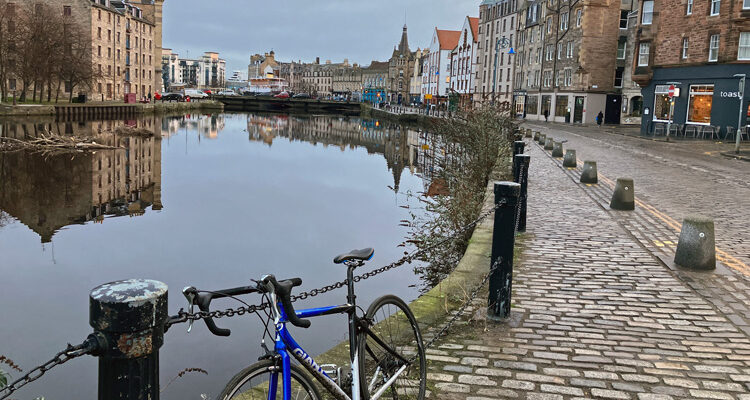The snow’s three attempted muggings of Edinburgh Scotland since we arrived on December 28 were weak jokes by Canadian standards. They left no more of an accumulation on the cobblestones than a greasy hydroplane, which teaches inattentive cyclists a painful lesson but little more. Last Thursday’s pathetic spray didn’t even do that; rather than snow, it may have been tiny, constipated hail hitching a blustery north Atlantic wind. Wild snowdrops have been popping up in parks and ravines for over two weeks. Crocuses bloom in people’s gardens.
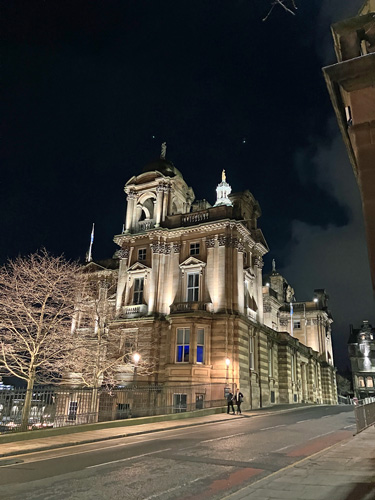
In short, it’s already spring here in a city over six degrees north of Winnipeg. Sure, over recent decades, Edinburgh’s suffered freakishly hot summers but mostly — unlike the hope-crushing three months of frozen brown you’re guaranteed in Toronto (or four months your damned to in Montreal) — it’s green here all year round.
And it’s like the city planners take their inspiration from nature, giving new life to ancient infrastructure. Moreover, much of central Edinburgh is a designated UNESCO World Heritage site. Old gems get repurposed, finding new relevance — spring like.
Converting the former HQ of the Bank of Scotland off the Royal Mile into a money museum was a bit of a gimme. But what’s happening to their de-commissioned old hospitals is revelatory.
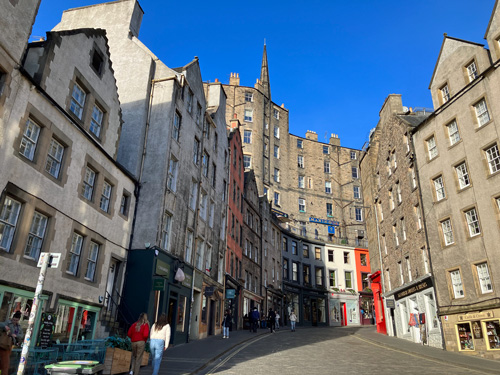
Take the former Donaldson’s hospital and school for the deaf on the western boundary of the UNESCO area. Designed on a vast estate by Georgian Starchitect William Playfair, it sprawls tastefully farther than you could run in a half hour. Officially opened in 1850 by Queen Victoria, Donaldson’s opulent grandeur supposedly so impressed Her Majesty that she offered to trade it for Holyrood Palace, the Royal Family’s official Edinburgh residence.
Well, that’s what the Donaldson’s sales brochure proclaims anyway. And, yes, this magnificent campus and exceptionally beautiful building in a town choking on exceptionally beautiful buildings are now being converted into luxury condos. Mind, they don’t use that word, condo (possibly too American?) though that’s patently, if tastefully, what they are. The college for deaf students moved out of town in 2007 for modern facilities, so the story’s not quite as coldly capitalistic as it sounds at first.
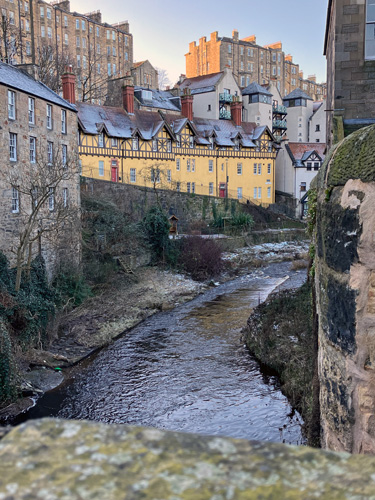
Then there’s the flourishing new neighbourhood, Quartermile. Flanking the University of Edinburgh’s Lauriston Campus, it’s built on the grounds of and incorporates the vast Victorian shell of the old Royal Infirmary. The majority of Quartermile’s stubbornly modern (condo) development doesn’t for a second try to look classic. If anything, it’s dullish in a less-is-more kind of way, the better to feature the magnificent Victorian giant it flanks.
Farther away, well beyond UNESCO’s jealous protection, the city is still reviving and repurposing buildings and entire neighbourhoods, spring like. Take the port area, Leith.
In the ‘90s, Leith was famous, both, because of its sentimental place in Proclaimers’ encores and recurring offences in violent Trainspotting anecdotes. Today, many of its once stagnant bonded warehouses (where whisky is stored till it’s paid its taxes) and solid Victorian commercial buildings are lively new settlements. All recent construction plays a supporting role to the lovingly tarted-up old. On some streets, especially the simple-mindedly titled Shore, you’d be forgiven for thinking you’re walking through Amsterdam.
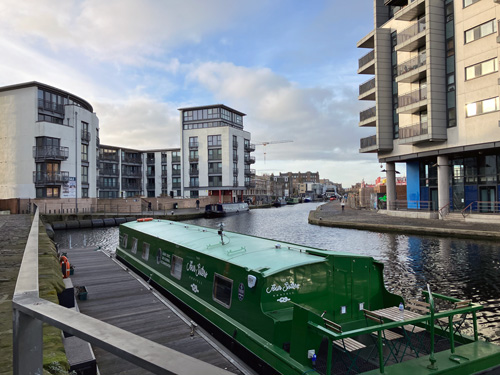
A few miles to Leith’s west, down-at-heel Granton harbour is being utterly transformed into seaside play space, educational facilities and … well they’re still deciding but not tearing down Granton’s most interesting older structures like its empty Gasworks, and an electric vehicle factory that went belly up in — wait for it — 1900!
Any wonder everything old here seems to be enjoying a second début? Other examples abound.
The golden age of British canals had already sunk in a fug of sexy train smoke by 1835, but Edinburgh’s once seedy Union Canal has been gradually repaired and reintroduced since the ‘80s. Today you can stroll, run or cycle beside it, or float on it (duh) all the way to the Clyde Canal and into Glasgow. That’s about 50km of modern retro cool.
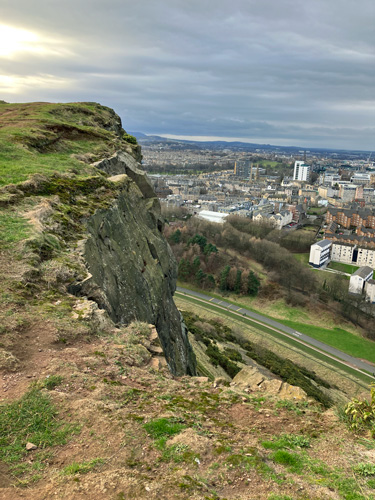
And those railroads that supposedly killed canals? They were shut decades ago but many miles of lines and tunnels have been converted to cycling/walking paths, safe from that traffic terrifyingly racing at you on the wrong side of the road.
So off-leash but well-trained dogs can chase sticks while tired but contented mothers push strollers, basking in the +5-degree “winter” air. Traces of stone station platforms linger, it being easier, cheaper and more charming to leave them as a launch pad into the imagination than remove them.



